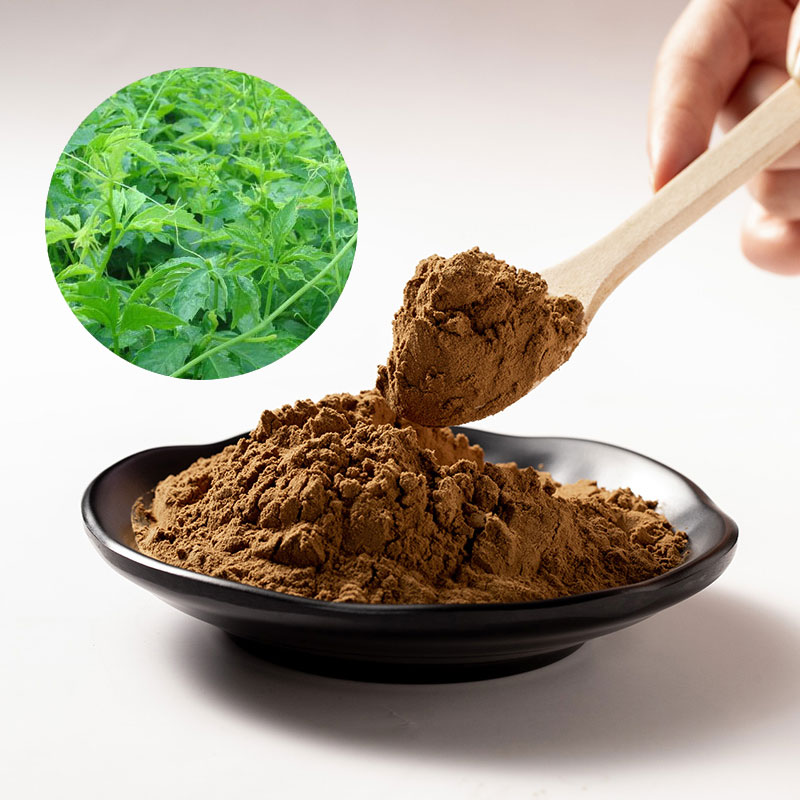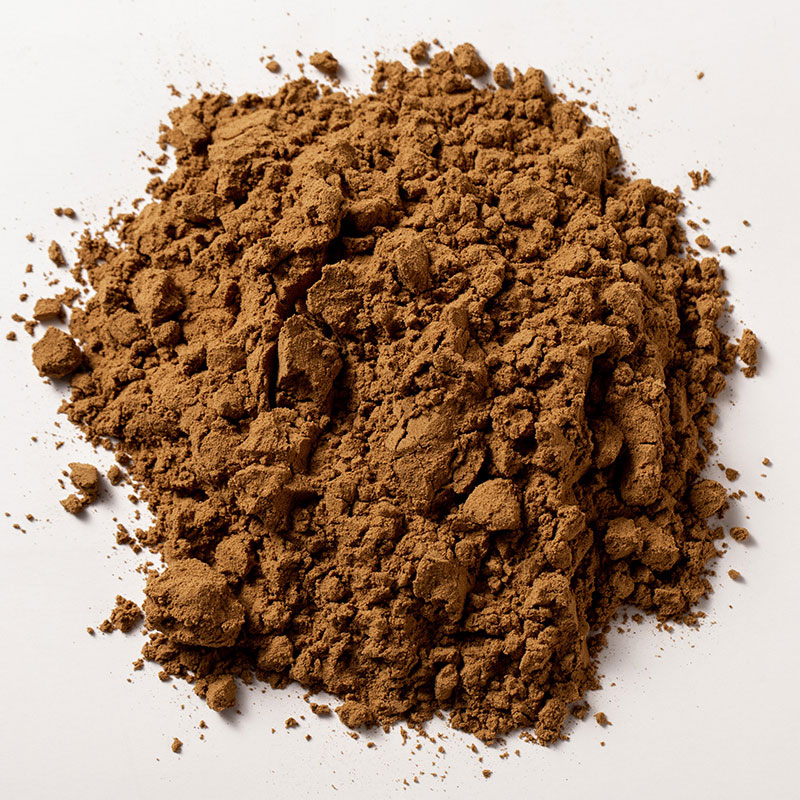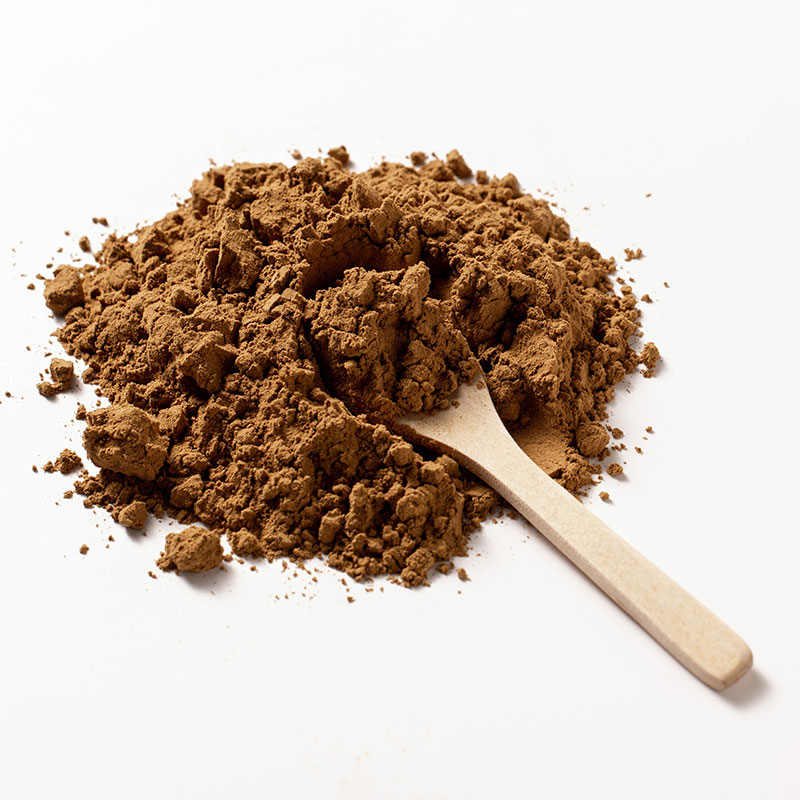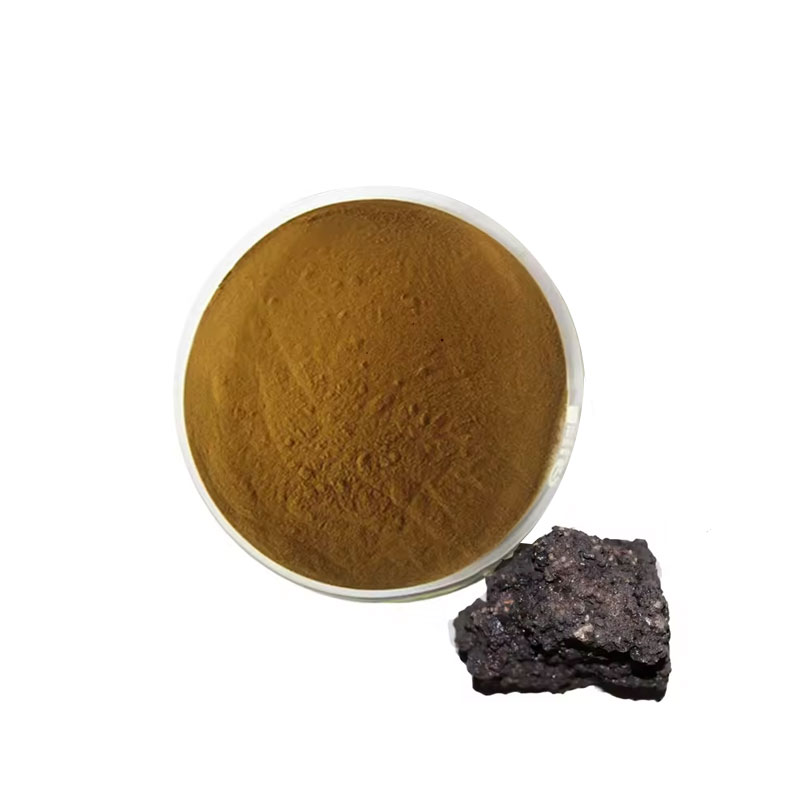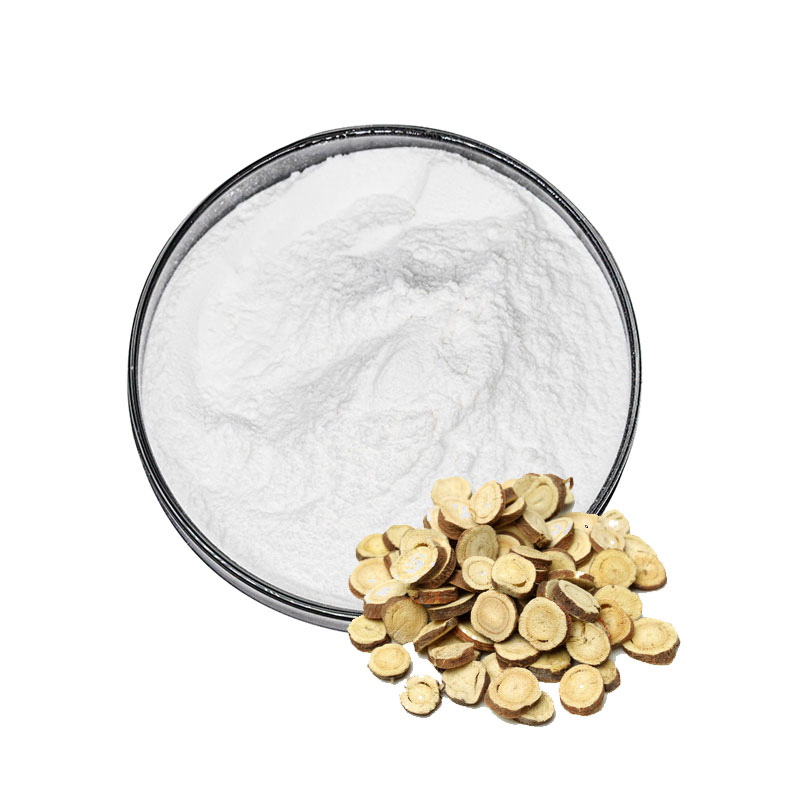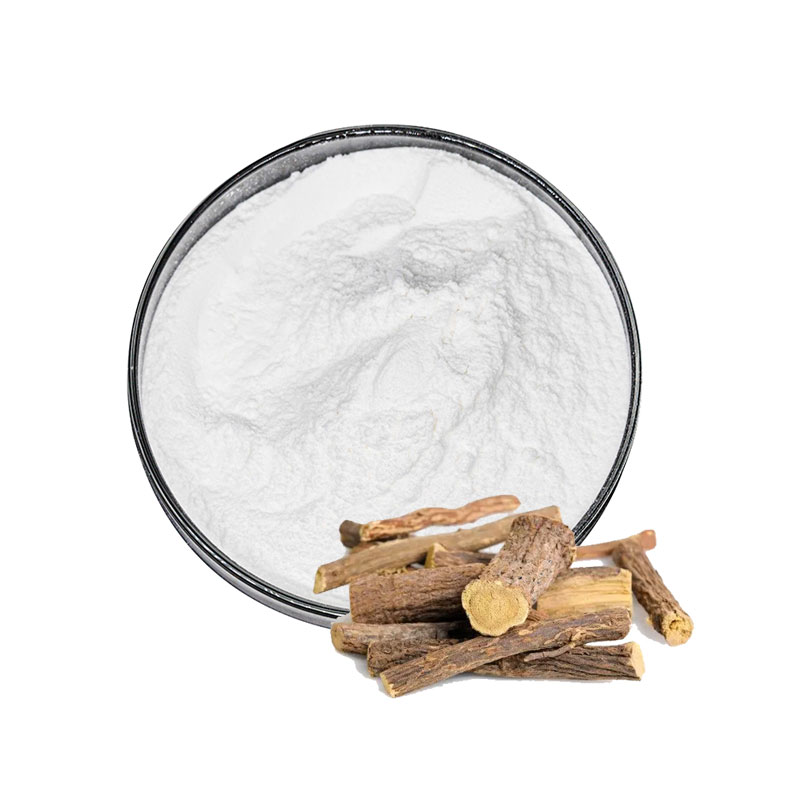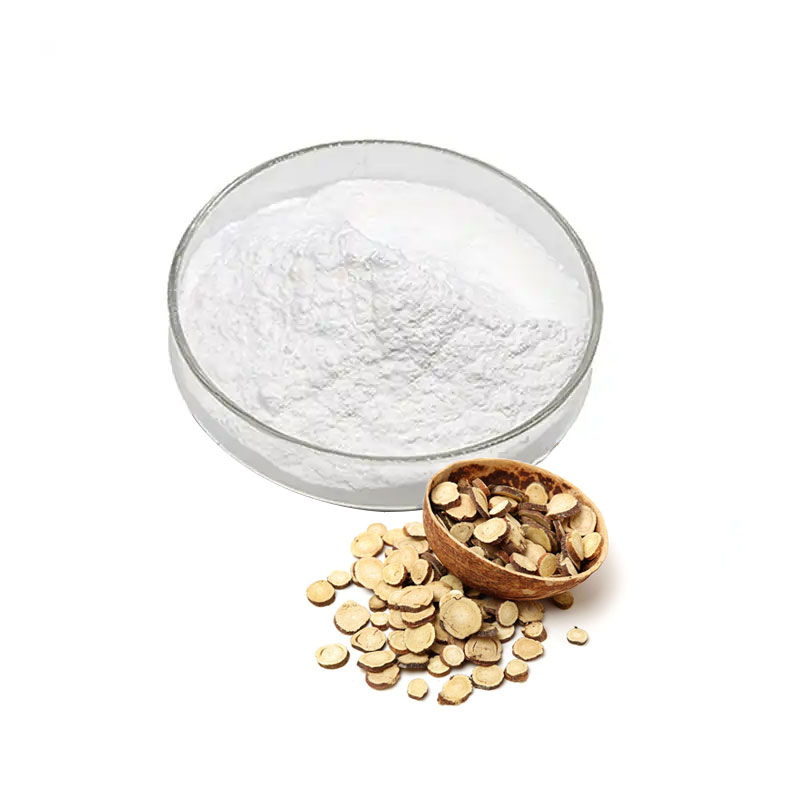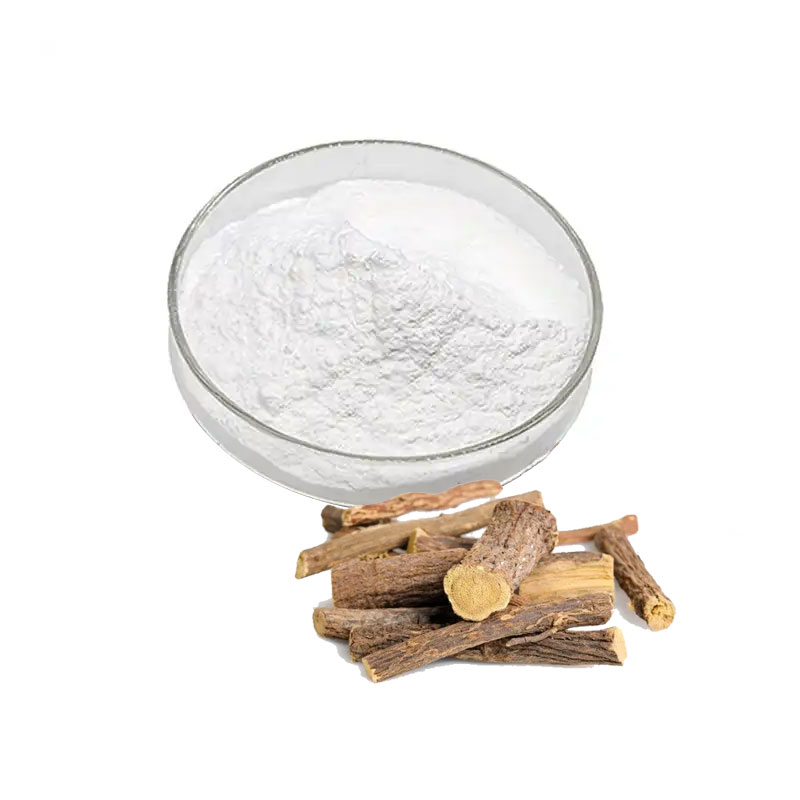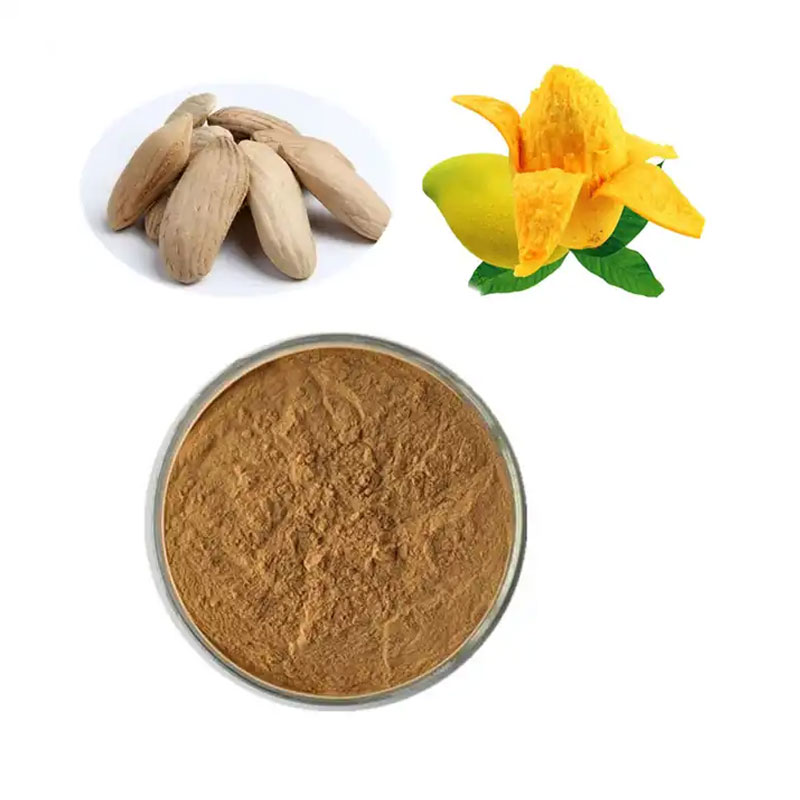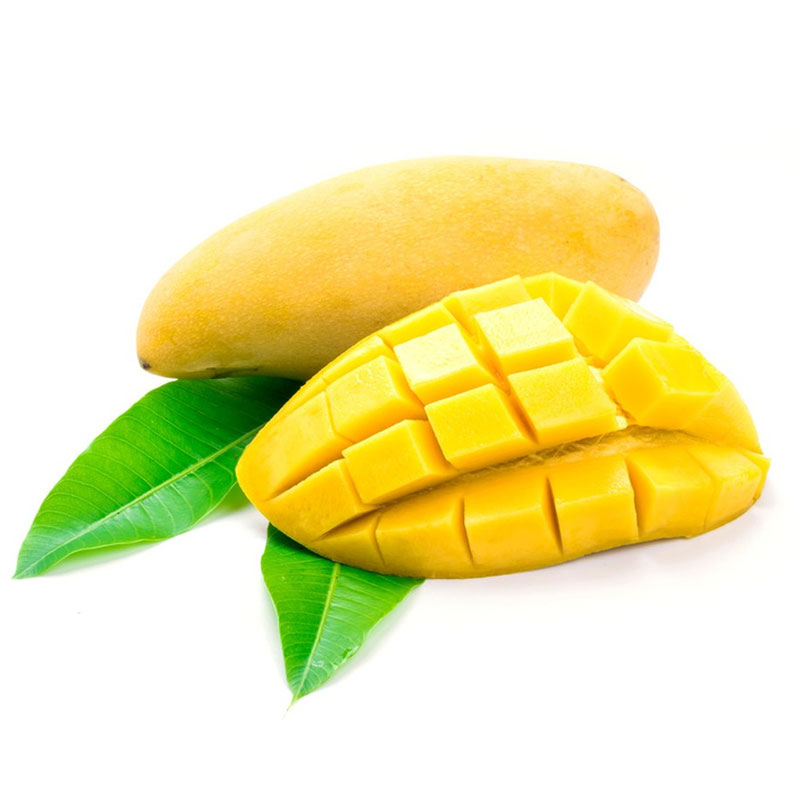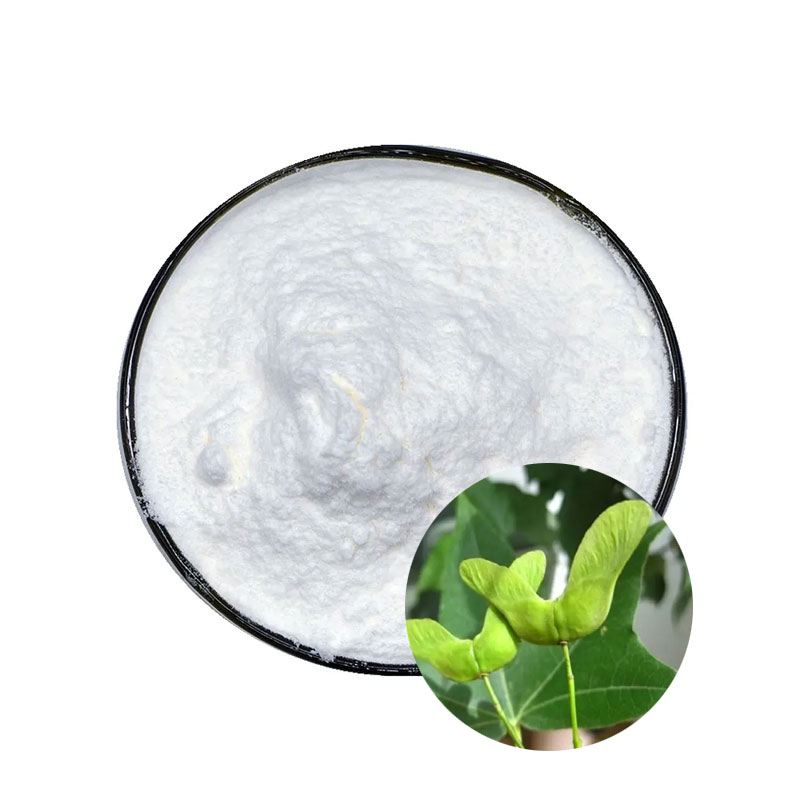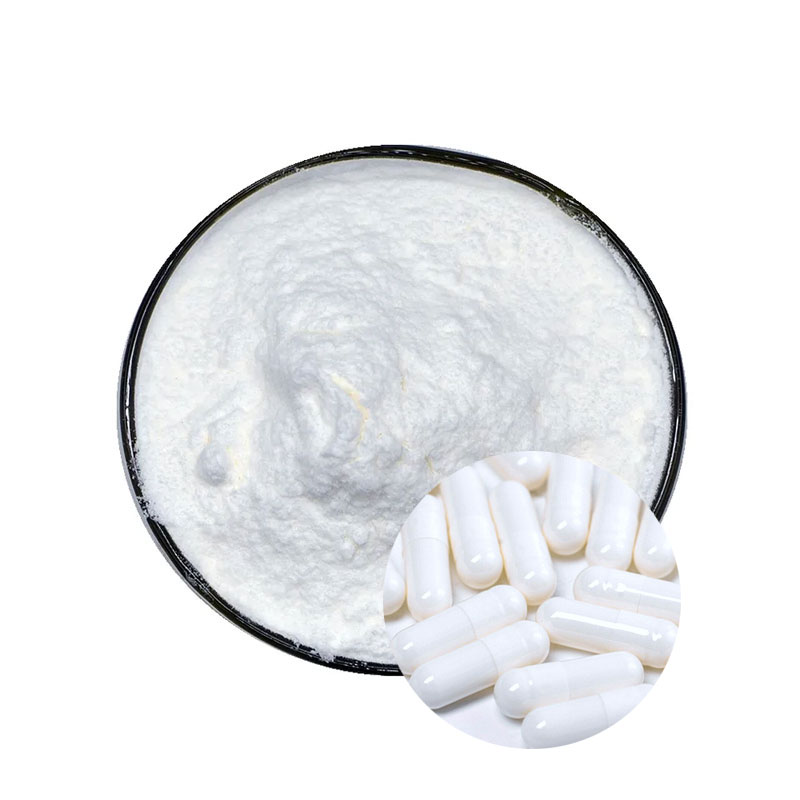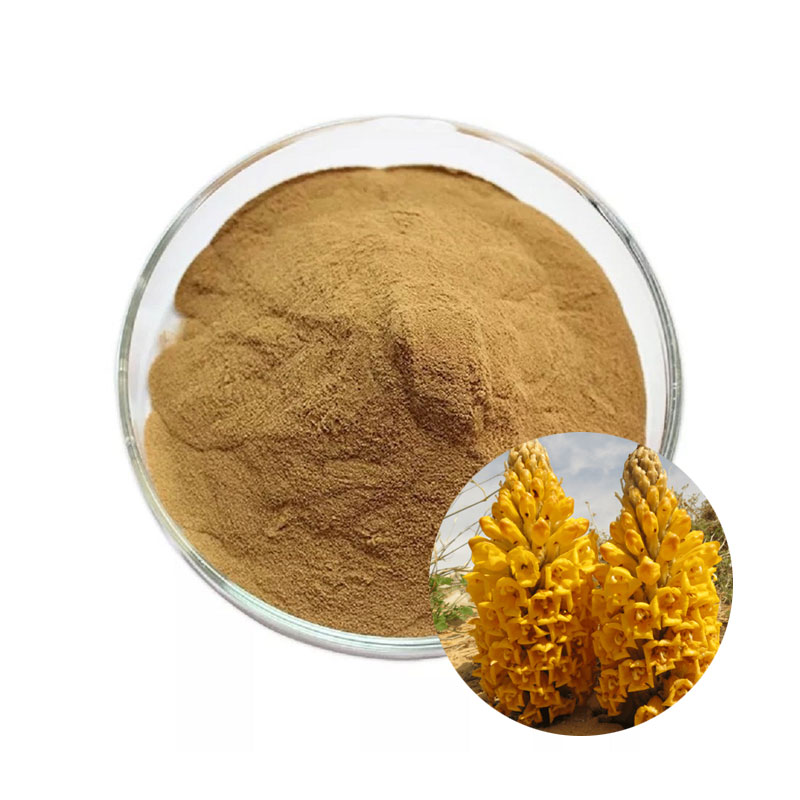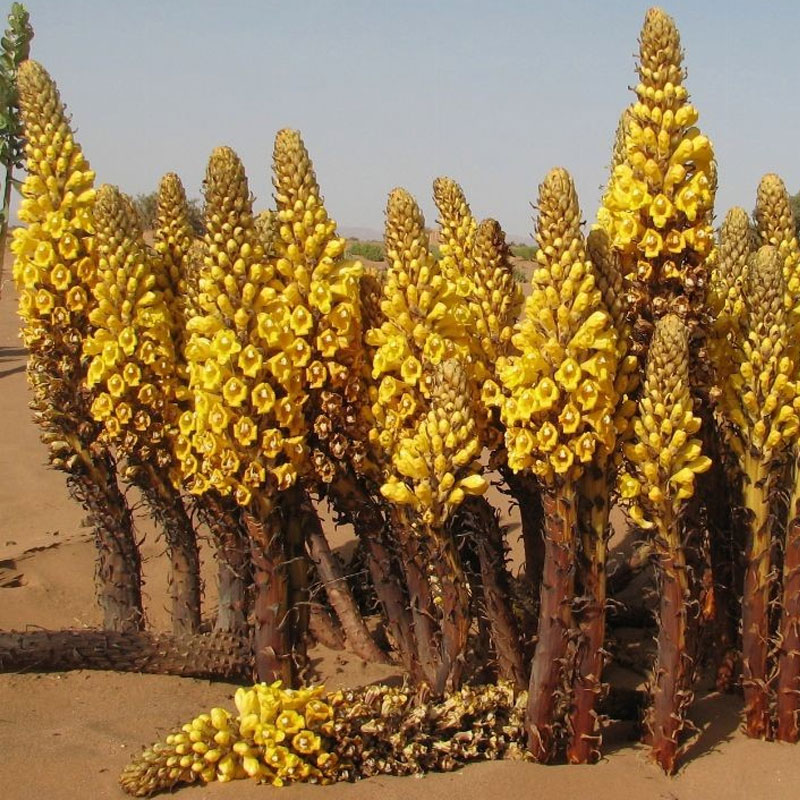Gynostemma Extract Powder
- Sample:5-10g Sample For free
- CAS No:15588-68-8
- Shelf Life:2 years
- Appearance:Brown powder
- Test Method:HPLC
- Used part:Whole grass
- Category Name:Herb Extracts
-
Gynostemma Extract Powder Product Description
Gynostemma P.E is a general term for more than 50 different saponins isolated from Gynostemma pentaphyllum.These saponins are very similar to ginsenosides and are therefore considered to be substantially equivalent to the ginsenosides in ginseng extract and American ginseng.However, the various saponins found in Gynostemma pentaphyllum are more likely to exhibit broader adaptogenic capabilities.
Gynostemma Extract Powder Specification
| PRODUCT NAME | Gynostemma pentaphyllum |
| CAS No. | 15588-68-8 |
| appearance | Brown Fine Powder |
| Test Method | HPLC |
| Molecular formula | C80H126O44 |
Gynostemma Extract Powder Function
- Gynostemma P.E has been widely reported to be effective in decrease blood lipid and blood glucose, resist aging and cancer.
- Gynostemma P.E was also helpful on protecting liver and enhancing body’s immunological function,
- Gynostemma P.E can improve the metabolism of the heart directly as well as enhances the release of nitric oxide of the body, which can help to relax the coronary blood vessels obviously.
What are the health benefits of gynostemma extract powder?
Gynostemma protects and enhances the function of the centrals nervous system and the peripheral nervous system through its antioxidant properties and its ability to regulate nitric oxide production. Nitric oxide protects nerve cells from damage and cell death from free radical damage.
What does Gynostemma tea do?
The Chinese traditionally drink Jiaogulan tea to improve energy, increase levels of endurance and strength and to combat fatigue. Also known as “poor man’s ginseng”, Gynostemma is as a powerful an adaptogen as Ginseng with many other benefits to health
What is gynostemma extract powder?
Gynostemma pentaphyllum (Thunb.) Makino is an herbaceous climbing vine of the family Cucurbitaceae that is widely distributed in South and East Asia. Its leaves have been traditionally used in Korea, China, and Japan as a herbal medicine or tea.
What foods have Gynostemma in them?
Jiaogulan belongs to the genus Gynostemma, in the family Cucurbitaceae, which includes cucumbers, gourds, and melons. Its fruit is a small purple inedible gourd. It is a climbing vine, attaching itself to supports using tendrils.
Where is gynostemma found?
Gynostemma is a genus of perennial climbing vines in the cucumber, gourd, and melon family, comprising at least 19 species, all native to the tropical East or Far East, inclusive of the Himalayas: China (with 9 endemic); the islands of Japan; Malaysia; and New Guinea.
What does gynostemma do for the body?
Gynostemma protects and enhances the function of the centrals nervous system and the peripheral nervous system through its antioxidant properties and its ability to regulate nitric oxide production. Nitric oxide protects nerve cells from damage and cell death from free radical damage.
Is gynostemma a green tea?
Product Description. Gynostemma (JiaoguLan) Tea is made from pure extract of Gynostemma Pentaphyllum, which has been called “Miracle Grass” for its ability to help the body in so many ways. It is the only green tea without caffeine.
What is gynostemma tea good for?
The Chinese traditionally drink Jiaogulan tea to improve energy, increase levels of endurance and strength and to combat fatigue. Also known as “poor man’s ginseng”, Gynostemma is as a powerful an adaptogen as Ginseng with many other benefits to health.
- Previous Article: L-theanine powder
- Next Article: Echinacea Extract

